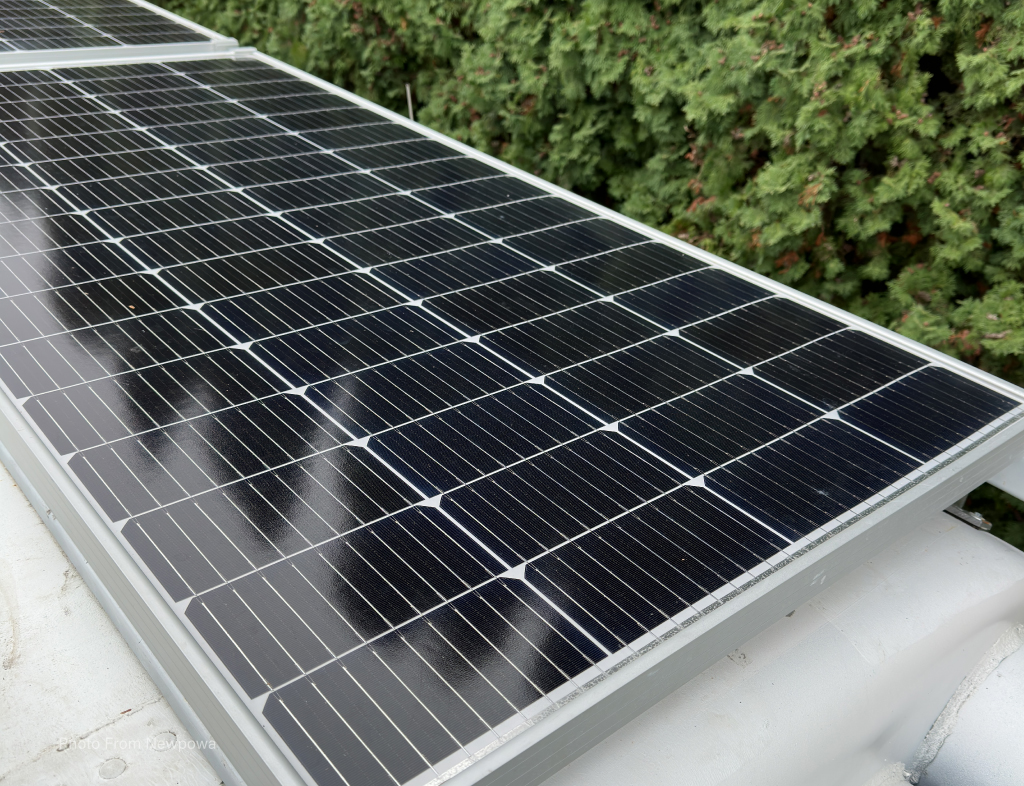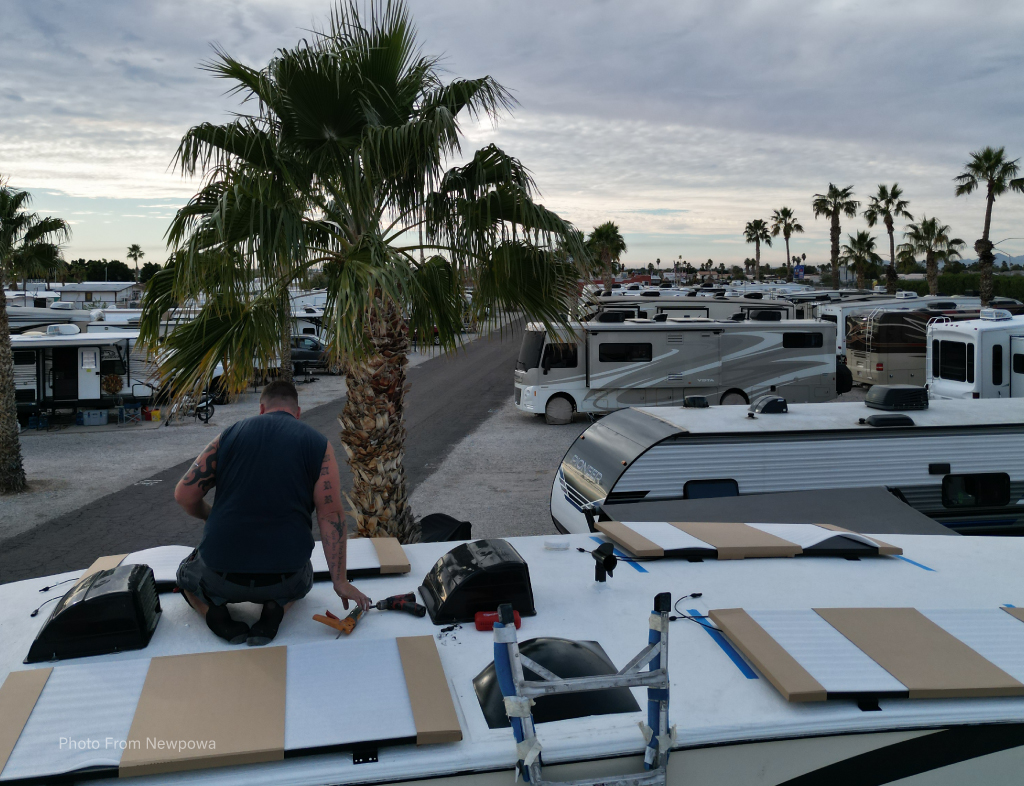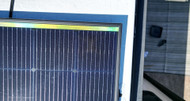DIY SOLAR: BUILDING YOUR OWN OFF-GRID SOLAR SYSTEM
17th Apr 2024

Building your own off-grid solar system is an empowering way to achieve energy independence, reduce your carbon footprint, and ensure you have power in remote locations or during outages. This DIY solar guide is intended to help beginners understand the basic components and steps involved in designing and installing a small off-grid solar system. Remember, while DIY solar projects can be very rewarding, they require careful planning, a bit of technical knowledge, and adherence to local codes and regulations.

Understanding Your Energy Needs
1. Assess Your Power Consumption: Before diving into solar, you need to know how much energy you consume daily. We recommend using an energy monitor to track the power usage of your appliances.
2. Estimate Your Solar Needs: Calculate your total daily energy usage in watt-hours (Wh). This figure will help determine the size of the solar system required to meet your energy demands.
Components of an Off-Grid Solar System
1. Solar Panels: These convert sunlight into electricity. The number and type of panels depend on your energy needs and the available space for installation.
2. Charge Controller: This regulates the voltage and current coming from the solar panels to the batteries, ensuring they're charged efficiently and safely.
3. Batteries: Off-grid systems require batteries to store energy for use when the sun isn't shining. Battery capacity is critical and should be sized according to your energy needs.
4. Inverter: This converts DC electricity stored in batteries into AC electricity, which is what most home appliances use.
5. Mounting Hardware and Wiring: Proper mounting structures for panels and safe reliable wiring are essential for both efficiency and safety.
Designing Your Solar System
1. Calculate the System Size: Based on your energy needs, design a system that can produce and store enough power. There are several online tools and calculators that can help with this.
2. Choose the Right Components: Research and select components that match your system's requirements. Pay attention to quality, warranty, and compatibility between different elements.
Installation Basics
1. Mounting the Panels: Decide on the best location for your solar panels. This could be a roof, a pole mount, or a ground mount. Ensure it's a place with minimal shading throughout the day.
2. Wiring: Connect the panels to the charge controller, then to the batteries, and finally to the inverter. Be mindful of the voltage and current requirements to select the appropriate cable sizes.
3. Setup the Charge Controller and Inverter: Install these components in a clean, dry location, ensuring there's adequate ventilation for heat dissipation.
Maintenance & Troubleshooting
1. Regularly Check the System: Inspect your solar panels for dirt or debris. Check all wiring and connections for signs of wear or corrosion. Monitor system performance to ensure everything is working as it should.
2. Battery Maintenance: Depending on the type of batteries used, you may need to perform regular maintenance. Always follow the manufacturer's guidelines.
Building your own off-grid solar system is a significant but rewarding project that can offer freedom from utility bills and the satisfaction of generating your own clean energy. While it requires careful planning and some technical know-how, the outcome is incredibly fulfilling. Remember, there's a thriving community of DIY solar enthusiasts and numerous resources available to guide you through the process. Good luck on your journey to energy independence!
Be Wise, Go Solar!
